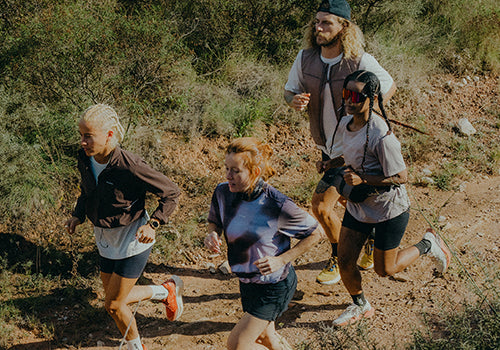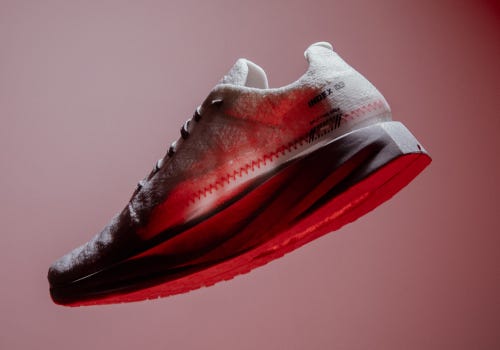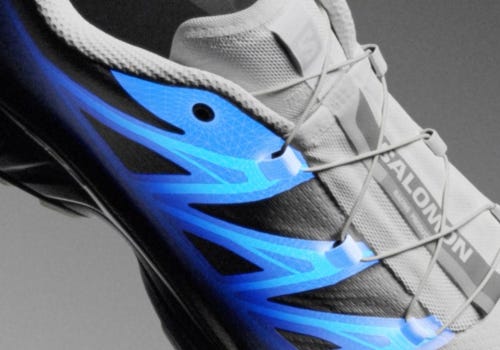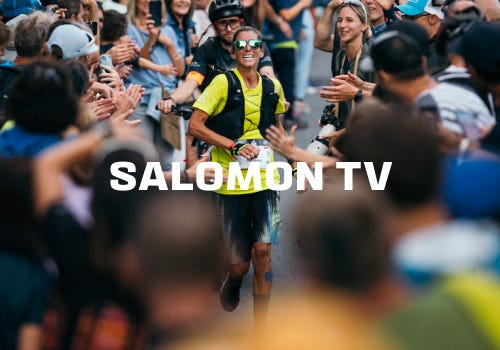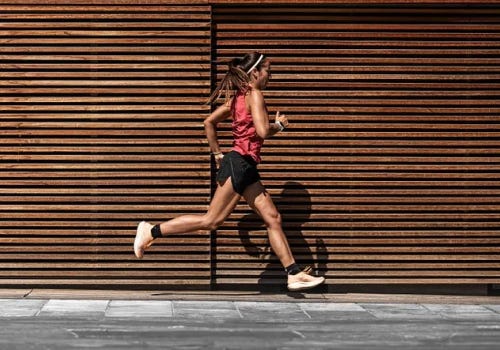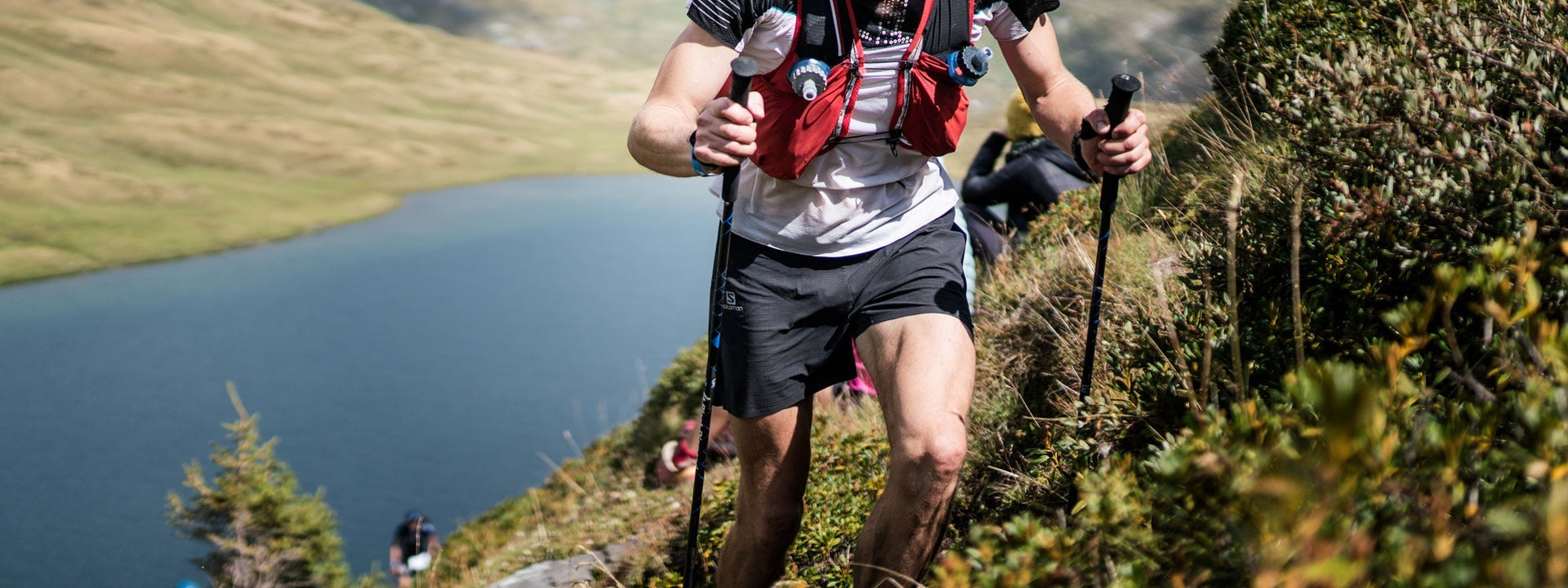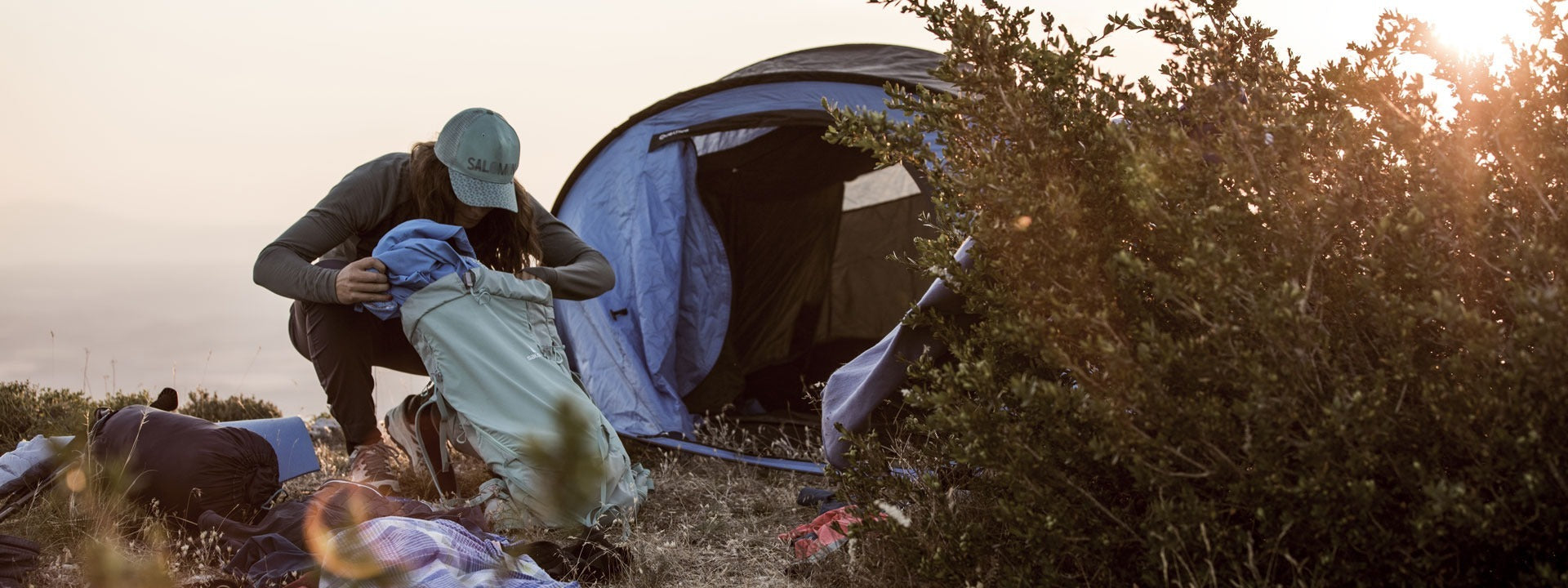HOW SHOULD YOU DRINK WHEN TRAIL RUNNING?
Proper hydration is important not only when you’re out trail running but in everyday life as well. As an endurance sport that takes you into the great outdoors, trail running provides a well-needed break from civilization, and therefore requires smart hydration solutions. So, if you’re wanting to extend your runs further and further from the nearest water source but you’re finding it difficult to get enough to drink, try some of these tips.
START HYDRATING WELL IN ADVANCE
Begin hydrating three days before a big run or race. The recommended amount of water is 1.5 to 2 liters of water per day. Of course, when it’s hotter than normal outside you should increase that amount.
LISTEN TO YOUR BODY
When you’re out for a run, rather than drinking systematically try instead to pay close attention to your body and drink when you feel thirsty. It’s normal to not feel thirsty during the first hour of a trail run, but if you drink just as soon as you’re thirsty you’ll keep from getting dehydrated.
BE CAREFUL NOT TO OVERHYDRATE
On the other hand, when you drink too much you may become overhydrated, the symptoms of which are confusion, digestive problems and/or stomach pains. That’s why you should not drink systematically or in large quantities. Instead, drink small amounts whenever you feel thirsty.
HOW TO CARRY WATER WHEN TRAIL RUNNING
There are several solutions for carrying your water:
--- See our hydration selection for WOMEN | for MEN
- flasks in the chest pockets of a running pack (recommended)
- a water bladder with drinking tube in a hydration pack
- a water bottle belt or pack
- a flask or water bottle in your hand
- a thermal flask for extreme temperatures




SOFT FLASKS
Soft flasks have become an indispensable accessory for drinking when trail running. Two 500ml flasks in the chest pockets of a running pack allow you to evenly distribute the weight of one liter of water.
There is no need to take them out to drink when running; simply pinch the nipple that acts as a bite valve and suck. It’s also easy to keep an eye on how much water you have left and when they do run out, they’re easy to fill thanks to the large opening.
Flasks are usually BPA-free, reusable, and easy to clean.
--- See our soft flasks for WOMEN | for MEN
WATER BLADDER
Many runners use a water bladder placed in the main compartment of a hydration pack. A drinking tube runs along, or inside of, a shoulder strap which allows you to quench your thirst without stopping.
--- See our products for WOMEN | for MEN
The drawbacks are that despite the large opening, you must remove your backpack to fill it. It’s also more difficult to judge the water level while you are running.
WHAT YOU SHOULD DRINK DURING A TRAIL RUN
Of course, it’s perfectly OK to only drink clean water, spring water or mineral water.
However, if you use two flasks, we recommend you put pure water in one and a hydration drink in the other.
Hydration drinks supply your body with carbohydrates, vitamins, and electrolytes (mineral salts). On long runs, they can also contain BCAAs or maltodextrin. They are isotonic and more easily assimilated by your body. Also, the glucose ingested limits the risk of hypoglycemia.
And whether you use a store-bought hydration product or mix up your own concoction based on coconut water or grape juice, it’s up to you to find the correct dose and perfect taste so that you don't hesitate to drink when you’re closing in on a new PR.
During long-distance runs, races and ultra-trails you may find yourself craving a salty drink. However, flasks can often make them taste bad so take advantage of the race’s aid stations to drink a soup or whatever other salty drink might be available.
Finally, even after you’ve finished your run your hydration effort is still not over. Continue to rehydrate your body with recovery drinks. And remember, if you are in a race and find yourself in a bad way, never take medication without medical supervision. You have to rely on your legs!
Count solely on your legs!

